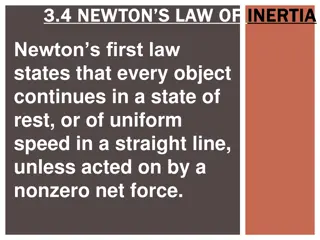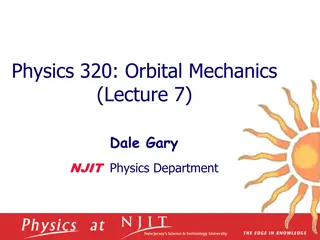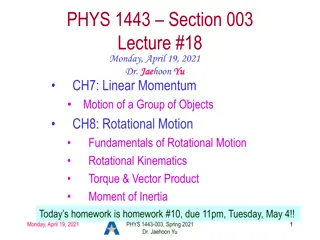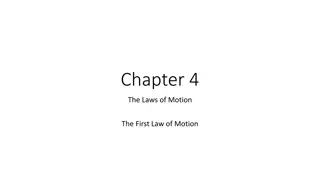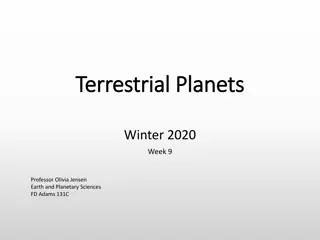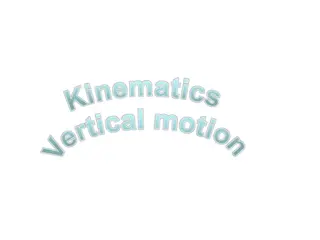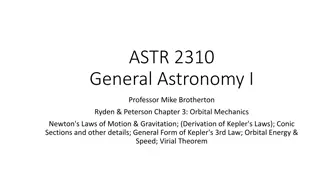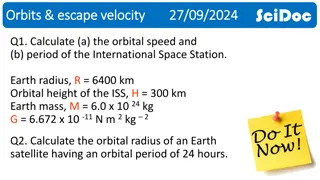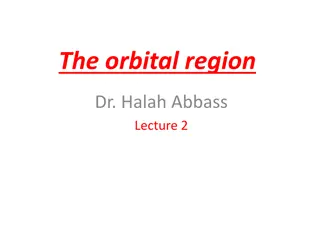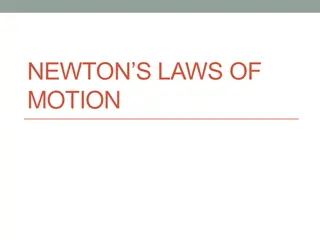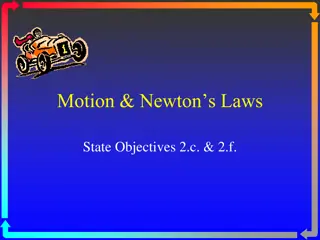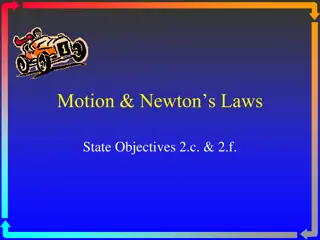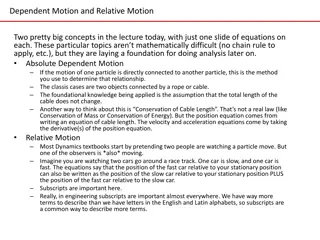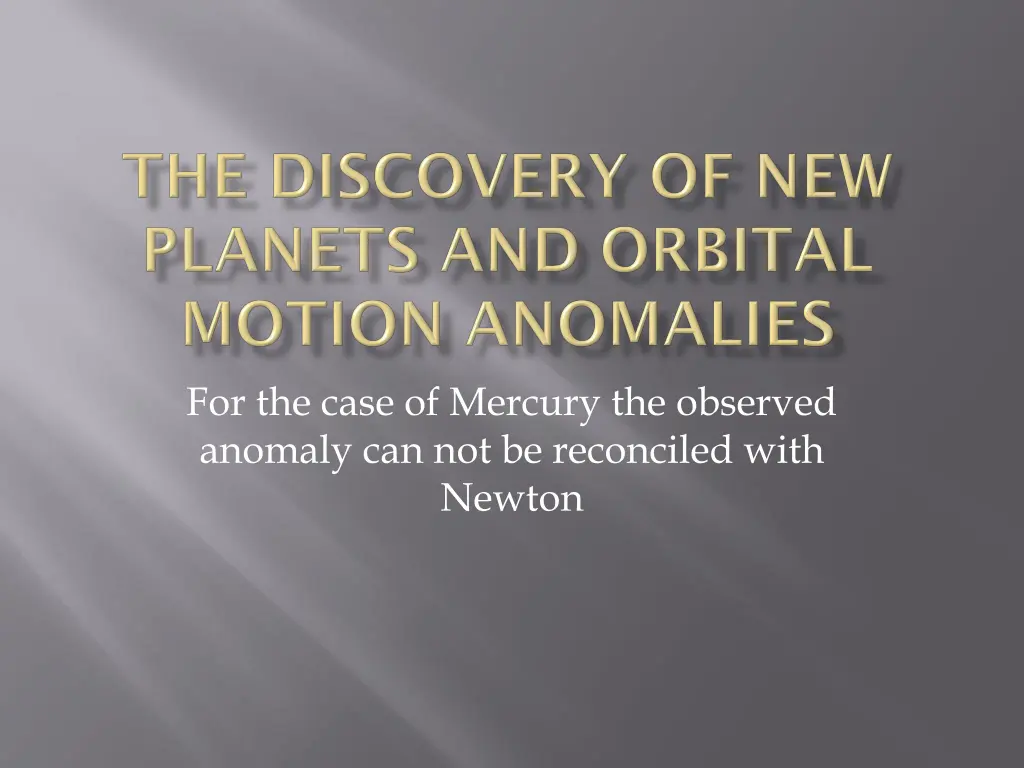
Unraveling Mysteries of the Universe Through Historical Discoveries
Explore significant astronomical discoveries such as the anomalies in Mercury's orbit, the building of revolutionary telescopes, and the validation of precision through Neptune's discovery. Delve into the energy sources of stars and the triumph of mathematical predictions over Newtonian Mechanics in this intriguing journey through space and time.
Download Presentation

Please find below an Image/Link to download the presentation.
The content on the website is provided AS IS for your information and personal use only. It may not be sold, licensed, or shared on other websites without obtaining consent from the author. If you encounter any issues during the download, it is possible that the publisher has removed the file from their server.
You are allowed to download the files provided on this website for personal or commercial use, subject to the condition that they are used lawfully. All files are the property of their respective owners.
The content on the website is provided AS IS for your information and personal use only. It may not be sold, licensed, or shared on other websites without obtaining consent from the author.
E N D
Presentation Transcript
For the case of Mercury the observed anomaly can not be reconciled with Newton
Built the largest telescope (49.5 inches) in the world by far; Discovered Uranus in 1781 Herschel in the 1780s studied the motions of double stars and showed that they obeyed Kepler s Laws Why is this important? Why is this important?
Now we have the concept of the light year as a unit of distance a distance of 10 light years) The distance to Uranus, the furthest known object in our solar system at this time is a mere 3 light hours parallax star is thus 30,000 times farther away than the distance to Uranus. This creates an immediate physics problem what is the energy source of these distant objects? Now we have the concept of the light year as a unit of distance (the star he measured had a distance of 10 light years) The distance to Uranus, the furthest known object in our solar system at this time is a mere 3 light hours ; the distance to the parallax star is thus 30,000 times farther away than the distance to Uranus. This creates an immediate physics problem what is the energy source of these distant objects? (the star he measured had ; the distance to the
The Random Alien Test In RAT, the aliens show up randomly one day and ask a random earthling basic questions about the Universe that everyone else knows. In this case, WHAT IS THE ENERGY SOURCE OF STARS?
A motion anomaly fully resolved After about 50 years of observation, observers noticed that something was wrong with the orbit of Uranus Next, comes the triumph of mathematics and the validation of precision The 1846 Discovery of Neptune:
THE PROBLEM WITH MERCURY. Precision measurements in the 1840's and 1850's showed that the orbit of Mercury did not conform to Newtonian Mechanics. As in the case of Uranus, a suspected perturbing body was the likely explanation. However, in 1859, Levierre (the same guy involved in the discovery of Neptune) showed, using precision calculations, that this could not be the source of the observed anomaly in the orbit of Mercury. So what to do Dismiss the Anamoly or Dismiss Newton? What would Newton Say if presented these data?




